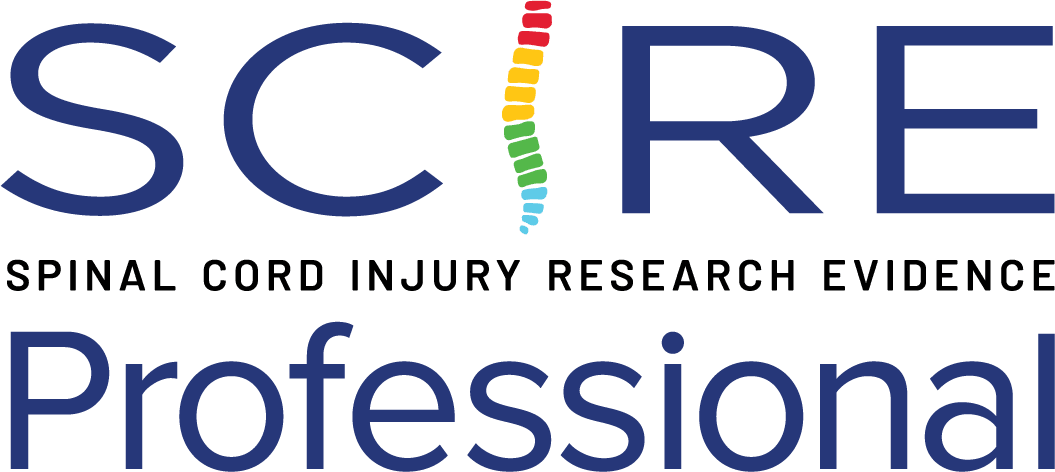# of studies reporting psychometric properties: 3
Interpretability
MCID: not established
SEM & MDC:
SEM and MDC for mFRT for each group (calculated from Lynch et al. 1998):
|
SEM (cm)
|
MDC (cm)
|
| Group 1 (C5-C6) |
1.86
|
5.16
|
| Group 2 (T1-T4) |
1.67
|
4.62
|
| Group 3 (T10-12) |
1.48
|
4.11
|
- No normative data or cut-points have been established for the SCI population
- Published data for the SCI population is available for comparison (see the Interpretability section of the Study Details page)
Reliability – High
Intra-rater reliability is High for the mFRT (ICC = 0.85-0.94).
(Lynch et al. 1998; n=30; 30 males, mean (SD) age: 30.8 (7.2) years; complete motor injury)
Validity – Low to High
- Low to High correlations between forward reach,right reach, and left reach areas of center-of-pressure sway (in cm2); and forward reach, right reach, and left reach:
r = 0.25 (p = 0.428) to 0.82 (p = 0.001)
(Gatica-Rojas et al. 2024; n=10, 9 males, 1 female; mean age: 29 years; 10 ASIA A; injury level: thoracic; mean time post injury: 56.6 months)
- High correlations between forward mFRT and Balance Master (first and second evaluation):
r = 0.50 to 0.55
- Moderate to High correlations between forward mFRT and FIM (first and second evaluation):
r = 0.45 to 0.51
- Low to Moderate correlations between forward mFRT and Stroke Assessment Scale (SAS) (first and second evaluation):
r = 0.21 to 0.35
(Katz-Leurer et al. 2009; n=45, 5 males, 40 females; mean age: 63 years; stroke population)
Responsiveness
No values have been reported for the responsiveness of the mFRT for the SCI population.
Floor/Ceiling Effect
No values were reported for the presence of floor/ceiling effects in the mFRT for the SCI population.
Reviewer
Dr. Carlos L. Cano-Herrera, Elsa Sun
Date Last Updated
31 December 2024
